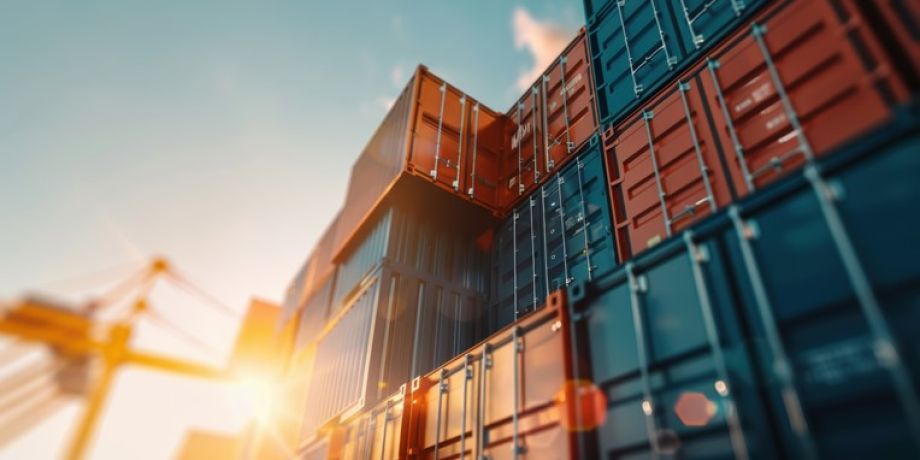
DIFFERENT TYPES OF CONTAINERS
Containers are used for the standard transport of goods, and are suitable for several different modes of transport, particularly multimodal transport, as they can be moved from one mode of transport to another without breaking the load of the goods. Containers have become an essential part of international freight transport, and come in a variety of shapes and standardized sizes.
WHAT IS A CONTAINER?
With a common standard width of 2.2 metres, the length can vary between 20 feet (6 metres) and 40 feet (12 metres). The container is an indispensable part of international transport, thanks to its many advantages. They are designed to last for many years, are shock-resistant, offer flexibility depending on the cargo, and fit in perfectly with multimodality, since they can be used in different modes of transport.
Created by the American carrier McLean, the majority of containers are now manufactured in China and must meet various standards before being put into service, which will take around 5 years:
- International ISO standards: standardized dimensions for transport by air, sea, river or land.
- CSC standards: compulsory, as evidenced by a CSC conformity plate, which is a certificate of airworthiness.
DIFFERENT TYPES OF CONTAINER:
It should be noted that the 20-foot container size is the most commonly used in maritime transport. However, most containers offer both standard sizes: 20 feet and 40 feet.
The DRY container: a partitioned, weatherproof container. This is the most commonly used because it can be used to transport all types of goods.
The HIGH CUBE container (only in 40-foot versions): same characteristics as the DRY, but with a greater height. A standard dry is 8 feet high (2.28m), a high cube around 9.6 feet (2.58m).
The REEFER container: a container used for temperature-controlled transport. It is fitted with an electric motor to maintain the temperature inside the container. This type of container is used to transport fragile products such as food or drinks.
The OPEN TOP container: a container with the same characteristics as the DRY, but fitted with a removable roof. It can be fitted with a mobile roof. The OPEN TOP container is used to transport heavy, bulky or oversized manufactured products, enabling the products to be loaded using a crane.
The OPEN SIDE container: same features as the DRY container, but can be opened to the side along its entire length. This makes it possible to load goods of considerable length using a forklift truck.
The FLAT RACK container: This container has no fixed side walls or roof. There are two types: the “flat rack fixed end”, whose end walls are fixed, and the “flat collapsible”, whose end walls can be folded down. Lashing bars can be added to secure the shipment.
They are used to transport bulky, heavy or oversized goods, provided they are not sensitive to the weather.
The ISOTANK container: used for transporting liquids (whether hazardous or not), including food products.
The PALLET WIDE container: this container is dedicated to transporting pallets that meet European standards. A PALLET WIDE container can hold 33 euro-pallets.
The NOR (Non-Operating Reefer) container: This container is a reefer with the refrigeration system deactivated. This is an alternative solution when there is a shortage of containerized equipment.








